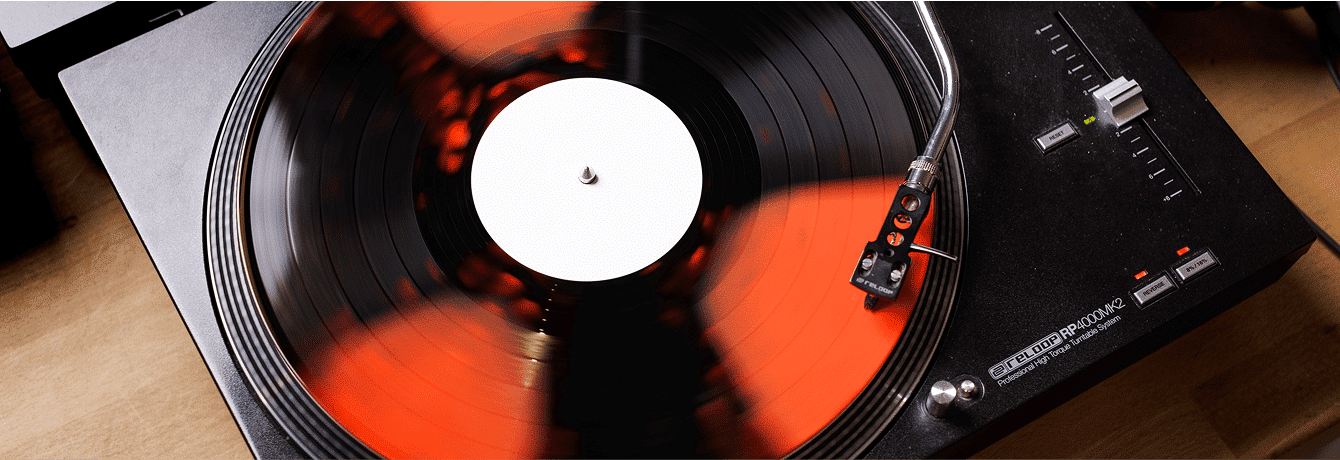COMING SOON
Our Brand New Customer Portal!
Track your orders, review artworks and pricing, check shipping dates, and much more—all in one place, just a click away! Stay tuned—it’s going to be simple, user-friendly, and as smooth as your favorite record! For now though, browse our Music or Print & Packaging services. If needed, you can still log in to the existing portal.
